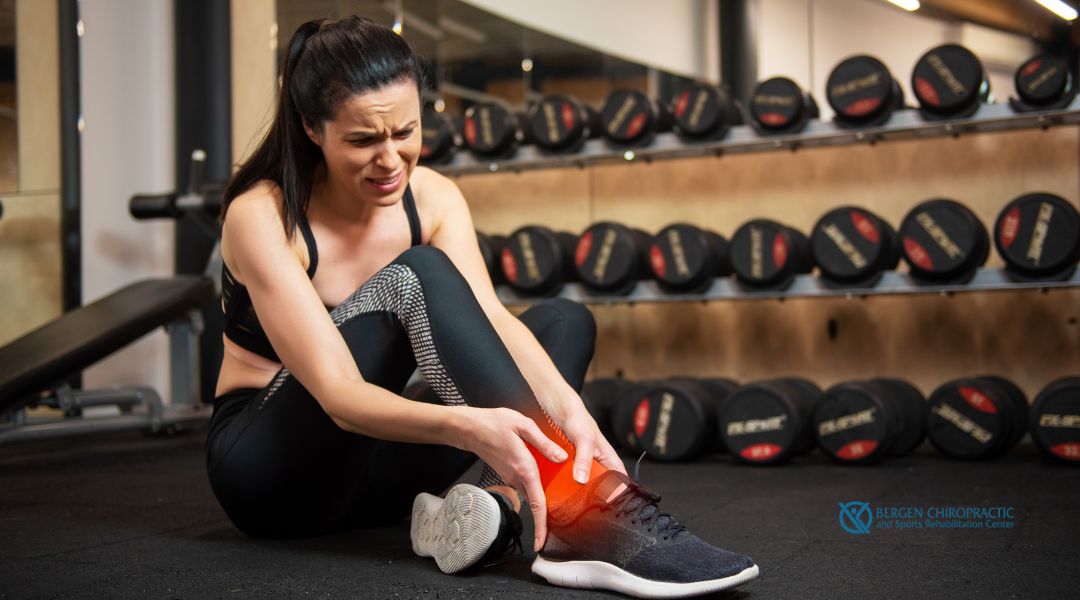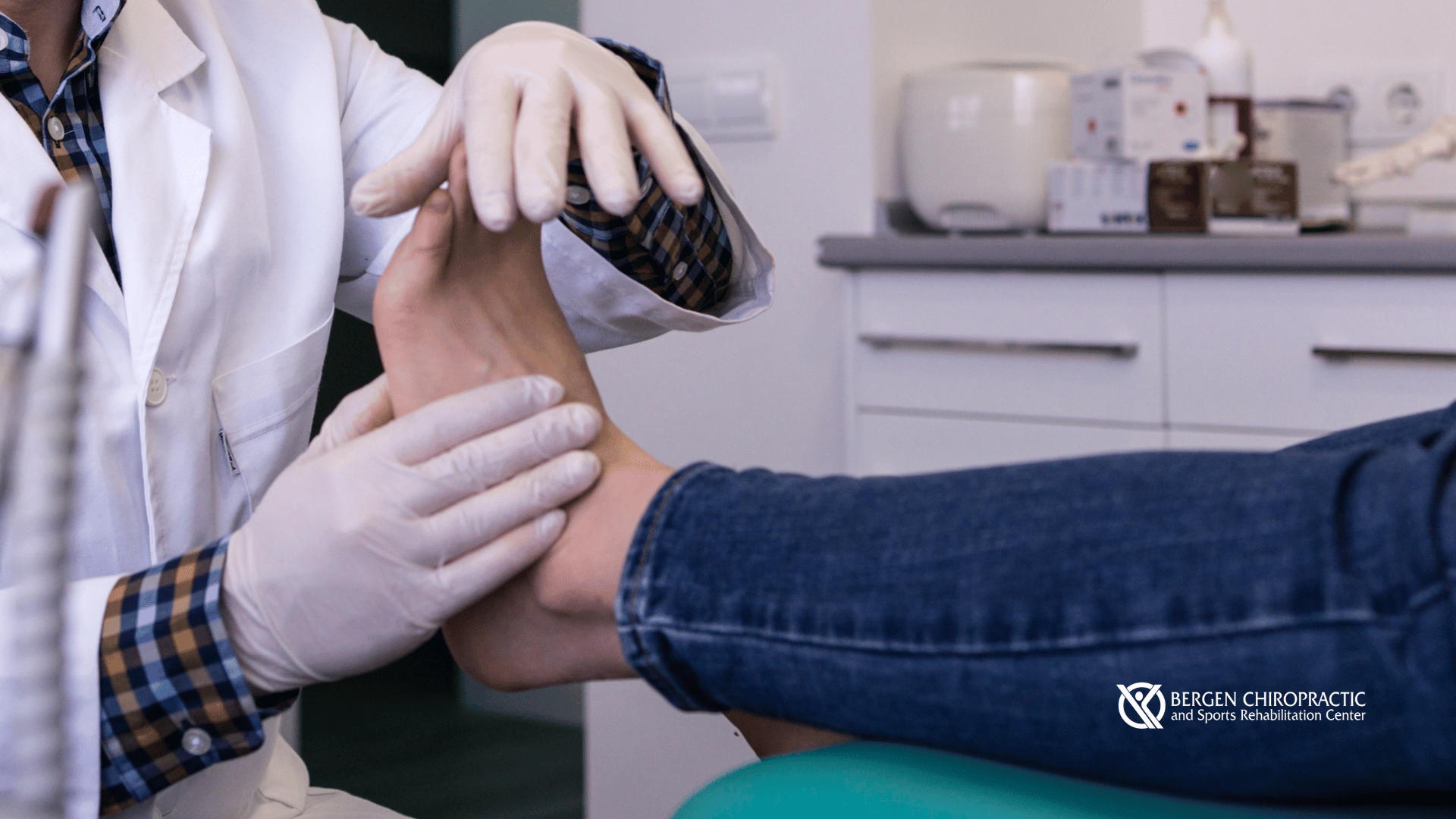Snow shoveling season in Bergen County puts tremendous strain on the spine, often leading to lower-back pain, disc issues, and winter-related flare-ups. Learn how to protect your back, use proper shoveling mechanics, avoid common injuries, and prepare your spine for winter with expert guidance from Bergen Chiropractic.
Your Post-Surgery Chiropractic Recovery Partner in Bergen County!
Recovering from surgery takes more than rest, it requires proper alignment, guided movement, and targeted therapies to rebuild strength and mobility. At Bergen Chiropractic, we support Bergen County patients through every stage of post-surgical healing with chiropractic care, advanced therapies, and personalized rehabilitation designed to help you recover faster, move comfortably, and return to the activities you love.
Transforming Pain Relief: Shockwave Therapy for Active Bergen County Residents
Living an active lifestyle shouldn’t mean living with pain. At Bergen Chiropractic, Shockwave Therapy helps athletes and active adults heal faster from muscle, tendon, and joint injuries—without surgery, injections, or downtime.
How Bergen Chiropractic Helps Families Prevent Fall Sports Injuries: Proactive Tips for Kids, Teens, and Adults
From soccer to tennis season, fall brings plenty of action — and injury risk. Learn how Bergen Chiropractic supports kids, teens, and adults with personalized chiropractic care that prevents fall sports injuries and keeps your family moving safely.
Training Soreness vs. Injury Pain: How to Tell the Difference
After a workout, it can be hard to know if your discomfort is normal muscle soreness or a sign of real injury. At Bergen Chiropractic, we help student athletes and active individuals recognize the difference between post-training soreness and injury pain—so you know when to push through, when to rest, and when to seek care.
Chiropractic Solutions for Pregnancy-Related Hand Numbness
Relieve pregnancy hand numbness with expert chiropractic care and gentle techniques at Bergen Chiropractic.
Beyond the Cramp: Understanding and Treating Back Spasms With Chiropractic Care
Relieve back spasms with chiropractic care, addressing the root cause to reduce pain, improve mobility, and prevent future flare-ups for lasting relief.
Seniors’ Guide to Shaking Off Winter Back Pain: Chiropractic Care for a Pain-Free Spring
Relieve winter back pain with chiropractic care, helping seniors improve mobility, reduce stiffness, and enjoy a pain-free, active spring season.
Spring Into Action: How Bergen Chiropractic Treats Seasonal Ankle Pain in New Jersey
Ease seasonal ankle pain with expert chiropractic care in New Jersey—learn how Bergen Chiropractic helps you stay active and pain-free this spring.
From Pain to Progress: Understanding the Duration of Chiropractic Treatment for Plantar Fasciitis
Understand the timeline of chiropractic care for plantar fasciitis, from initial pain relief to long-term recovery, and what to expect during treatment.










